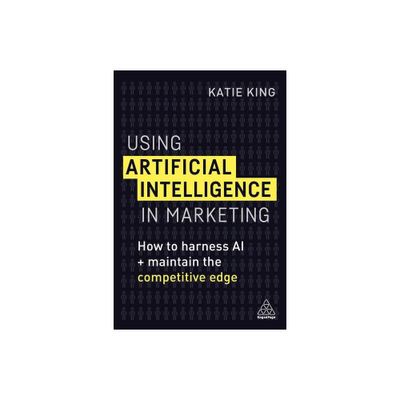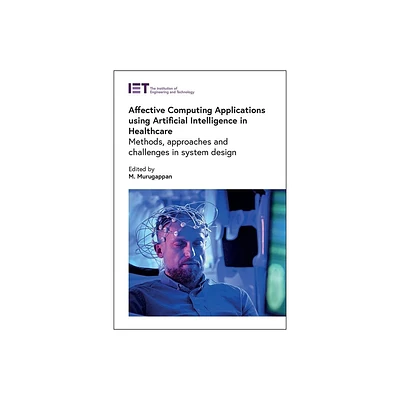Home
Developing Networks using Artificial Intelligence
Loading Inventory...
Barnes and Noble
Developing Networks using Artificial Intelligence
Current price: $159.99


Barnes and Noble
Developing Networks using Artificial Intelligence
Current price: $159.99
Loading Inventory...
Size: OS
*Product Information may vary - to confirm product availability, pricing, and additional information please contact Barnes and Noble
This book mainly discusses the most important issues in artificial intelligence-aided future networks, such as applying different ML approaches to investigate solutions to intelligently monitor, control and optimize networking. The authors focus on four scenarios of successfully applying machine learning in network space. It also discusses the main challenge of network traffic intelligent awareness and introduces several machine learning-based traffic awareness algorithms, such as traffic classification, anomaly traffic identification and traffic prediction. The authors introduce some ML approaches like reinforcement learning to deal with network control problem in this book.
Traditional works on the control plane largely rely on a manual process in configuring forwarding, which cannot be employed for today's network conditions. To address this issue, several artificial intelligence approaches for self-learning control strategies are introduced. In addition, resource management problems are ubiquitous in the networking field, such as job scheduling, bitrate adaptation in video streaming and virtual machine placement in cloud computing. Compared with the traditional with-box approach, the authors present some ML methods to solve the complexity network resource allocation problems. Finally, semantic comprehension function is introduced to the network to understand the high-level business intent in this book.
With Software-Defined Networking (SDN), Network Function Virtualization (NFV), 5th Generation Wireless Systems (5G) development, the global network is undergoing profound restructuring and transformation. However, with the improvement of the flexibility and scalability of the networks, as well as the ever-increasing complexity of networks, makes effective monitoring, overall control, and optimization of the network extremely difficult. Recently, adding intelligence to the control plane through AI&ML become a trend and a direction of network development
This book's expected audience includes professors, researchers, scientists, practitioners, engineers, industry managers, and government research workers, who work in the fields of intelligent network. Advanced-level students studying computer science and electrical engineering will also find this book useful as a secondary textbook.
Traditional works on the control plane largely rely on a manual process in configuring forwarding, which cannot be employed for today's network conditions. To address this issue, several artificial intelligence approaches for self-learning control strategies are introduced. In addition, resource management problems are ubiquitous in the networking field, such as job scheduling, bitrate adaptation in video streaming and virtual machine placement in cloud computing. Compared with the traditional with-box approach, the authors present some ML methods to solve the complexity network resource allocation problems. Finally, semantic comprehension function is introduced to the network to understand the high-level business intent in this book.
With Software-Defined Networking (SDN), Network Function Virtualization (NFV), 5th Generation Wireless Systems (5G) development, the global network is undergoing profound restructuring and transformation. However, with the improvement of the flexibility and scalability of the networks, as well as the ever-increasing complexity of networks, makes effective monitoring, overall control, and optimization of the network extremely difficult. Recently, adding intelligence to the control plane through AI&ML become a trend and a direction of network development
This book's expected audience includes professors, researchers, scientists, practitioners, engineers, industry managers, and government research workers, who work in the fields of intelligent network. Advanced-level students studying computer science and electrical engineering will also find this book useful as a secondary textbook.


















